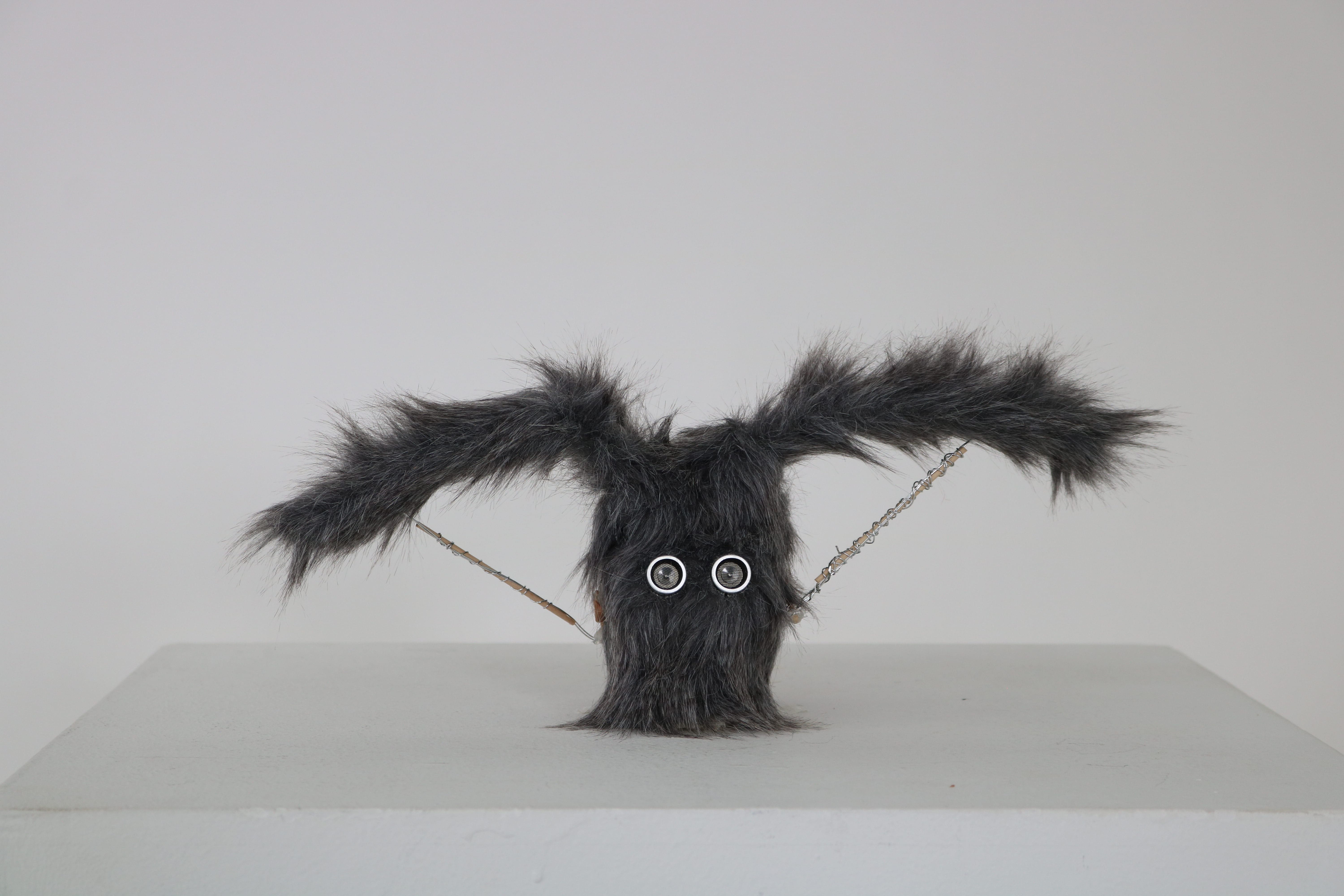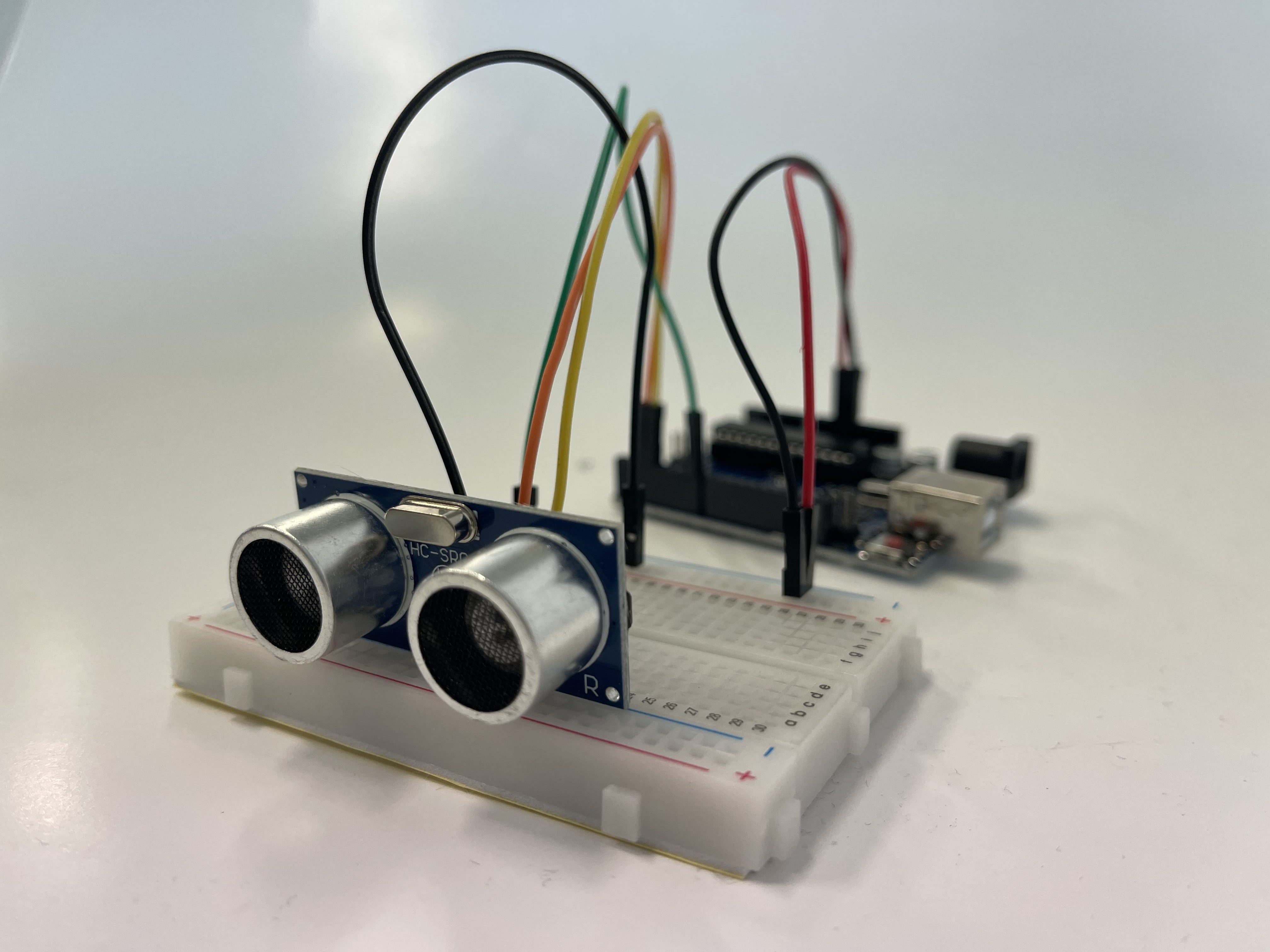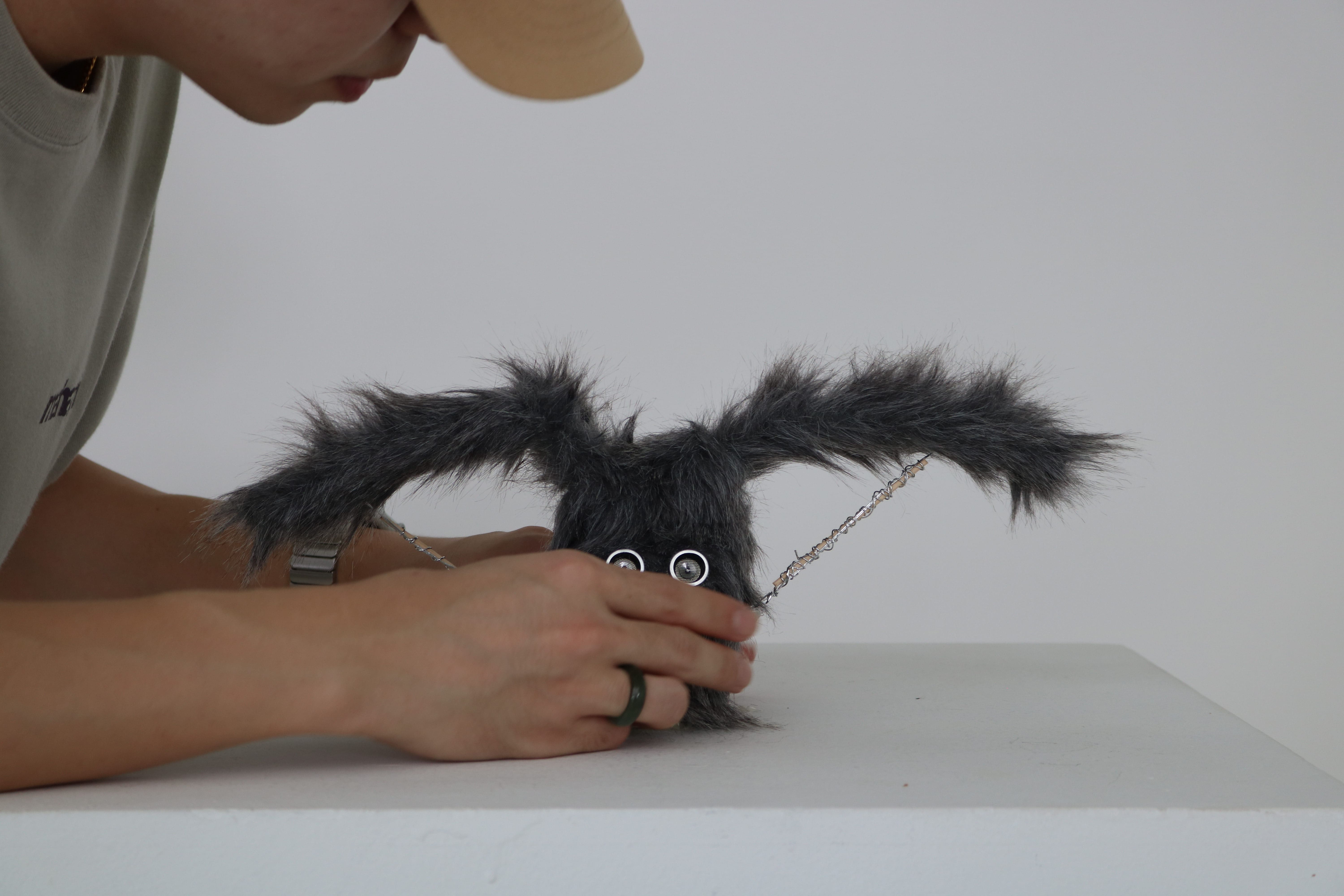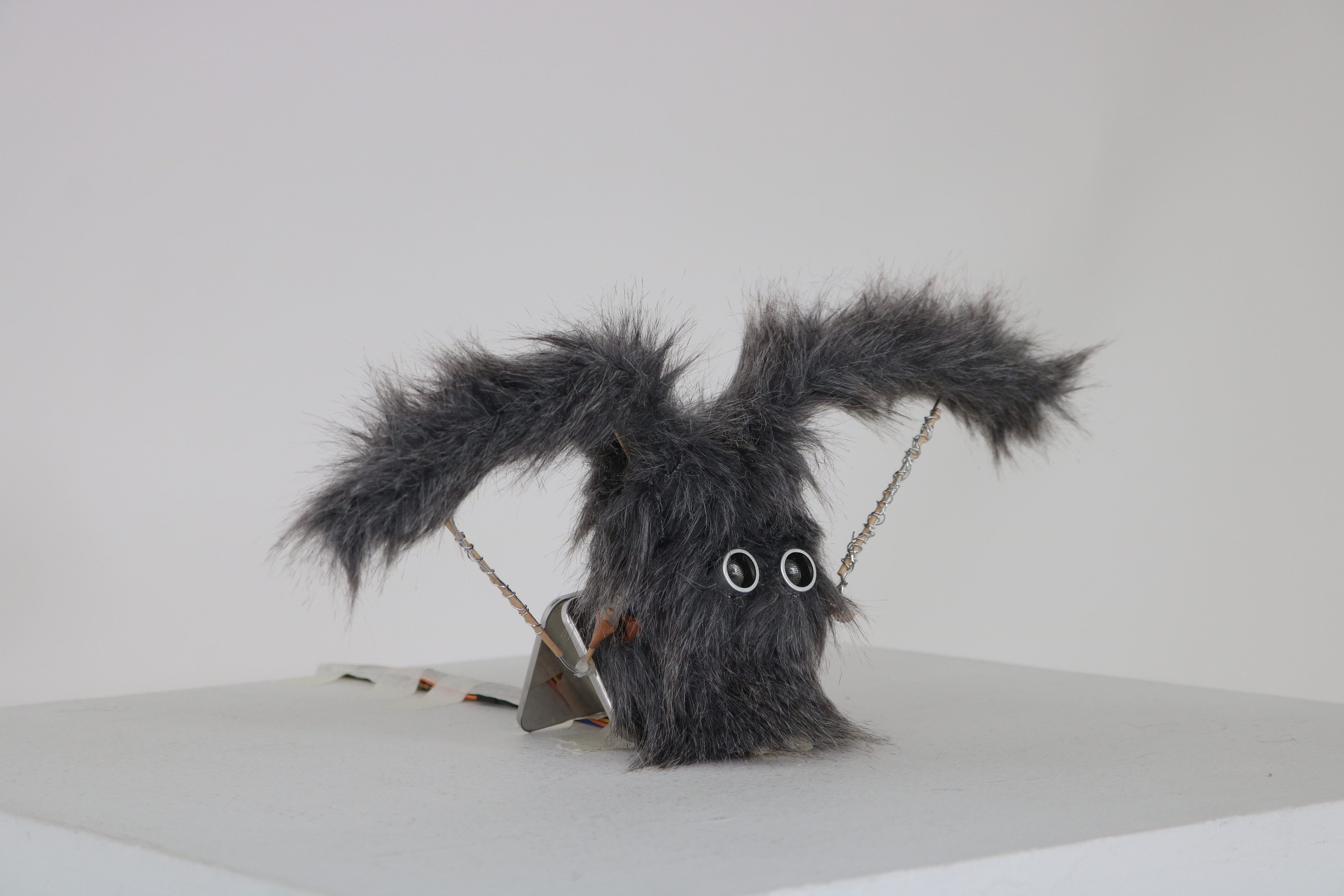
Our real-time data project focuses on providing users with auditory and visual signals that immerse them in a strange world inhabited by our creature, EARL. We chose the subject of real-time data because we were all intrigued by the notion that the information would be used immediately after collection.

We researched the types of sensors that we could use for the project and narrowed it down to 3 different sensors; Ultrasonic Sensor, Motion Sensor (PIR Sensor), and Thermal Array Sensor (TPA 81). The ultrasonic sensor emits a high-frequency sound (40kHz).
The sound travels through the air and if it finds an object, it bounces back to the module. It has a measuring angle of around 30 degrees and a ranging distance of 2 cm - 400 cm. The PIR sensor detects when a person has left or entered the area or approached the PIR sensor.
However, The PIR won't be able to detect the number of people around or the distance they are away from the sensor. It can sense up to 6 metres in distance and 110-degree x 70-degree detection range. The TPA81 can detect changes in heat levels and since all objects and living beings emit heat, it becomes a movement detector.
 We wanted to create a surrealistic artwork from the circuit we did so we went ahead to get more materials to create our creature. We got clay, metal wires, fur fabric, and two Micro Servo Motor. As our finalized work is a surrealistic creature with wings, We wanted to incorporate movements to the wings as well to make the artwork come to life.
We also incorporated layers to the movement of the wings so that the frequency of the flap of the wings changes when the presence is sensed. Having visual and audio cues allows participants to know that our surrealistic artwork is interactive.
We wanted to create a surrealistic artwork from the circuit we did so we went ahead to get more materials to create our creature. We got clay, metal wires, fur fabric, and two Micro Servo Motor. As our finalized work is a surrealistic creature with wings, We wanted to incorporate movements to the wings as well to make the artwork come to life.
We also incorporated layers to the movement of the wings so that the frequency of the flap of the wings changes when the presence is sensed. Having visual and audio cues allows participants to know that our surrealistic artwork is interactive.
 When a viewer steps closer or touches Earl, the sensor will detect the presence and Earl will flap its wing vigorously and beeps. We do think that this is a good outcome as usually the audience will take a closer look, and which allows them to know it is an interactive design. We were successful in interpreting the presentation of an interactive design.
When a viewer steps closer or touches Earl, the sensor will detect the presence and Earl will flap its wing vigorously and beeps. We do think that this is a good outcome as usually the audience will take a closer look, and which allows them to know it is an interactive design. We were successful in interpreting the presentation of an interactive design.